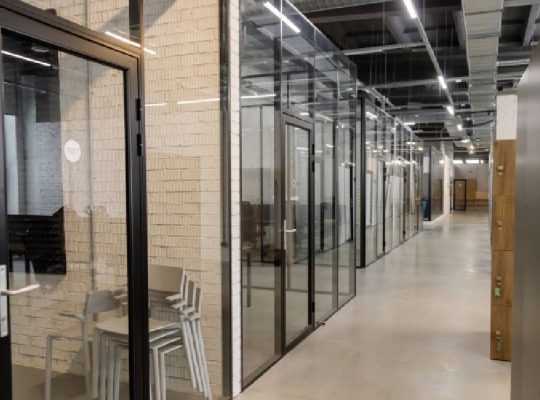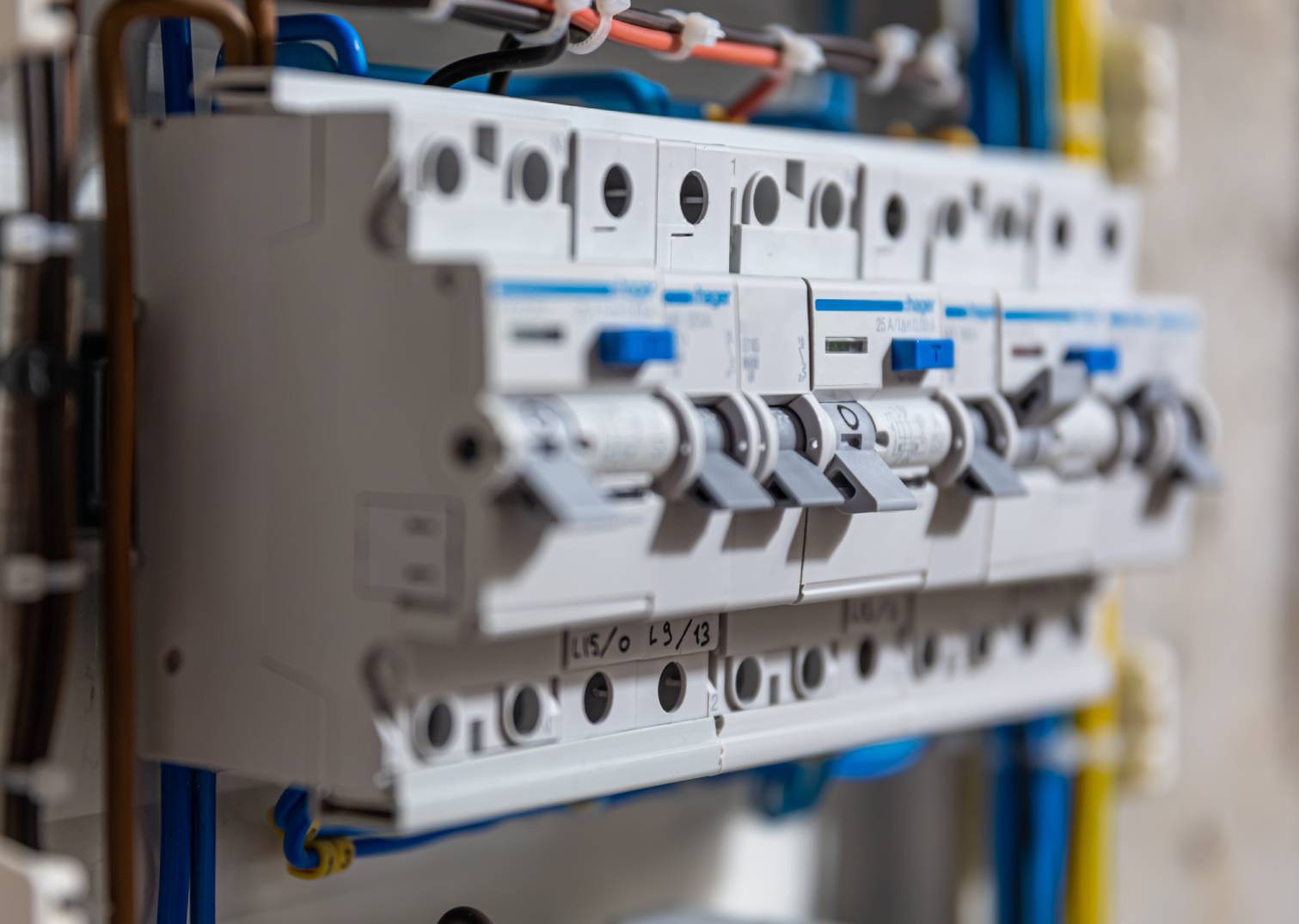When it comes to electricity in your home or business, you may well be an expert already, or you may be one of the many people who only really know how much it sets you back each month, but not really how each component of the electrical process works.
One of the critical parts of any electrical system is the switchboard, and here we will take a look at these essential components to see what exactly they do and which types are suitable for each purpose.
What does a switchboard do?
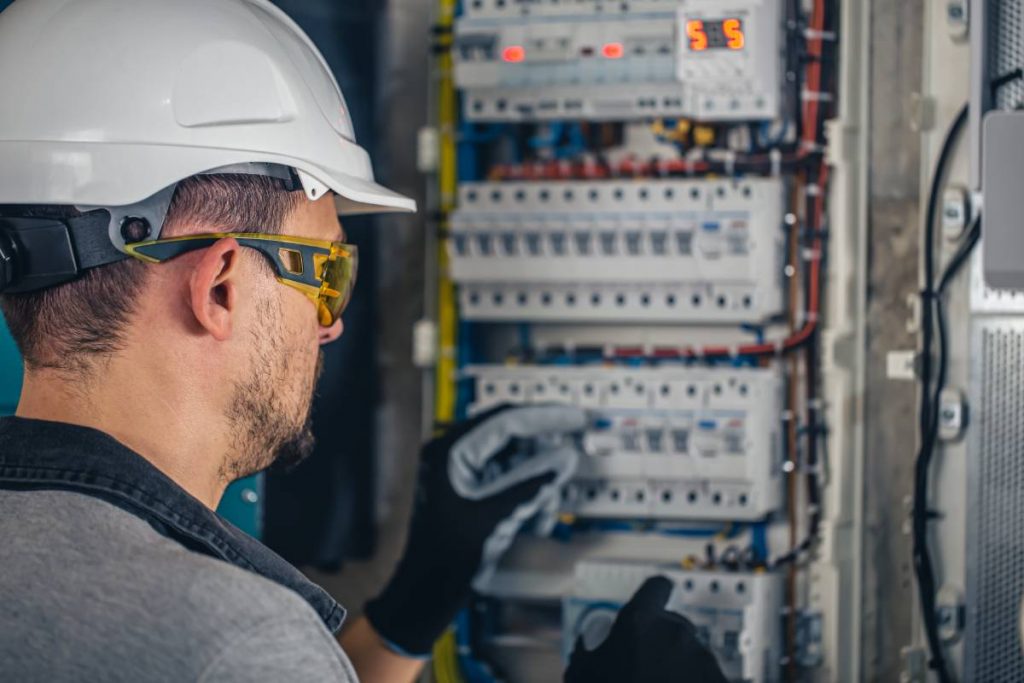
By switchboards, we are of course referring to electrical switchboards as opposed to the kind that connects calls in certain buildings, businesses and countries. That being said, they do both perform a similar function in that they hold the role of connector, in the one case connecting people, and in the other, connecting circuits.
In essence, an electric switchboard distributes electricity from one source to another. They take the huge power of the main supplier, from the power grid or wherever else, and safely split it and divide it up into smaller circuits for use.
These smaller circuits are called branch circuits, and they then carry the power to wherever it needs to go, be it panels, transformers and other electrical items. These smaller circuits are a way to further divide the electricity right the way down to the individual devices that use it.
An electric switchboard is an apparatus that connects various electrical circuits, often with differing amounts of power. A switchboard is an important part of your home’s power distribution process, and you will find a switchboard in every building that has electricity.
Switchboards are made up of many parts that each serve a different purpose. Some of the key components are:
- Busbars – made up of copper or aluminium strips, the bus is what helps to transmit the power. They connect the cable conductors down to the device that needs electricity, and they protect you while doing it through a series of relays and breakers that control faults and prevent too much power from getting through.
- Electrical panels – the number of these panels that your switchboard has varies from a smaller building which might have just one, to a larger one that could have many. These panels redirect electricity and use a series of switches to control the electric circuits.
- Protective devices – circuit breakers and fuses are essential to maintain the correct safety standards both for your own use and for your home as a whole. They prevent large surges of power from surging and causing dangerous situations to occur by closing down the circuit or stopping its flow.
There are a number of parts that make up these surprisingly essential everyday items and allow them to connect your circuits without them overloading or allowing too much power through, and each must be well maintained and work perfectly to achieve this purpose.
What are the different types of switchboards?
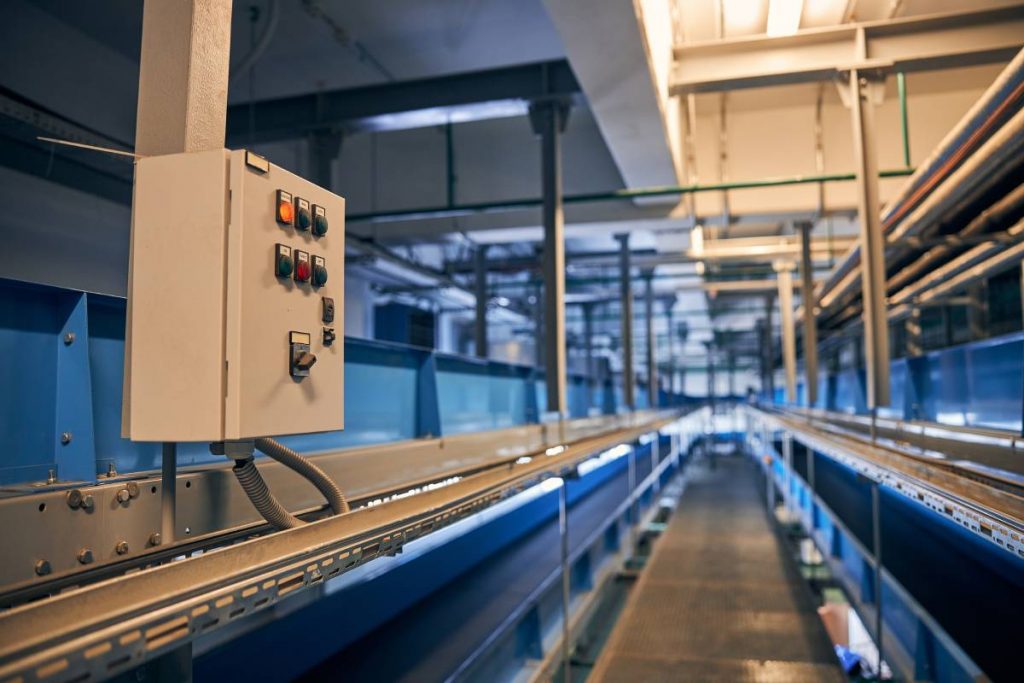
The kind of switchboard you may have will vary depending on your needs and your building size. Smaller buildings can make do with correspondingly smaller and simpler switchboards, while bigger and more complicated systems need a better and more complex switchboard.
You can have separate switchboards managing different outputs and areas in your house, or have one that controls all of the smaller systems as well. You can have general-purpose switchboards, commercial metering switchboards and fusible switchboards to name a few depending on your own purposes.
One component that everyone should be familiar with is the fuse box. This unit is where the electricity is controlled and distributed in your home, and if the lights go out or there is a similar issue, here is where you will go as your first point of call to fix it.
Made up of the main switch, circuit breakers and residual current devices, your fuse box will cut off if there is a surge or something is wrong with any part of your electric flow. You should also know where it is to turn off the power if you are planning any electrical work or anything that requires you to turn off your electricity for safety reasons.
Another way that switchboards are split into types are as main switchboards and distribution switchboards. As it sounds, the main one is the first switchboard, while the distribution boards work underneath to allocate the electricity to the circuits that need it.
What is a main switchboard?
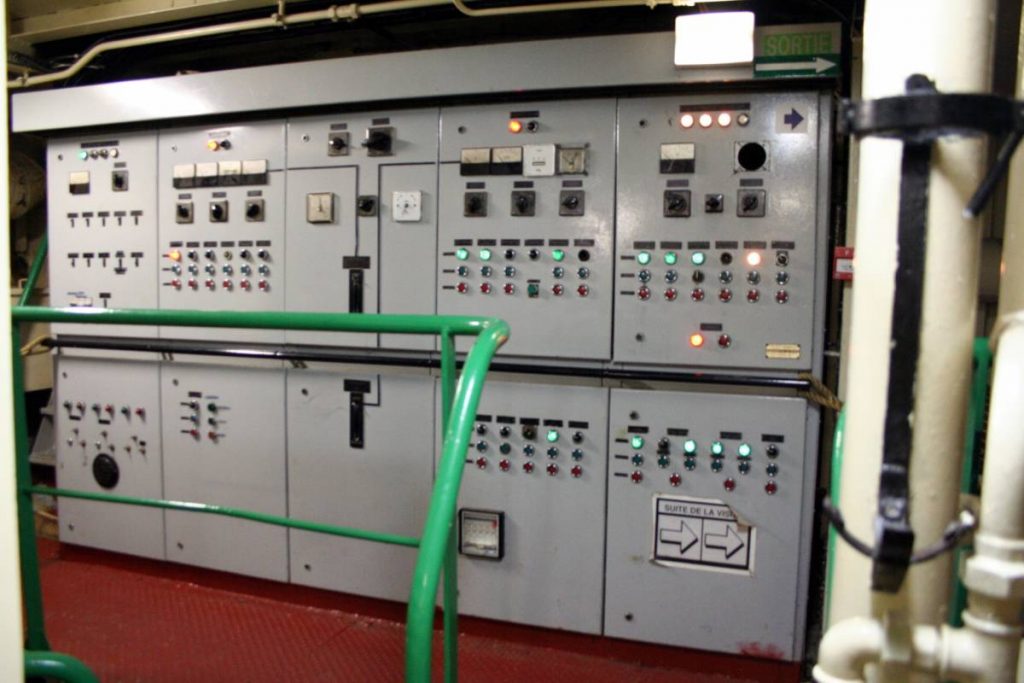
As just mentioned, the main switchboard is the first and key switchboard in your home or workplace. It is the bridge between the outside world and your electric system in the building.
It is supplied directly from the mains, or the feeding source of power that is coming in, and then the main switchboard distributes this power down to the subsidiary switchboards if the building has any, or straight to the requisite devices if not.
Your main switchboard is made up of switches and circuit breakers to protect your system from too much electricity getting through, and it feeds the right amount of power through to the other circuits in your home.
It distributes power to smaller load circuits in the amounts they can manage, and controls all of the electrical systems in your property. Your main switchboard is the beating heart of your building’s power processes and should be the best and most suitable for its purpose that you can find.
Conclusion
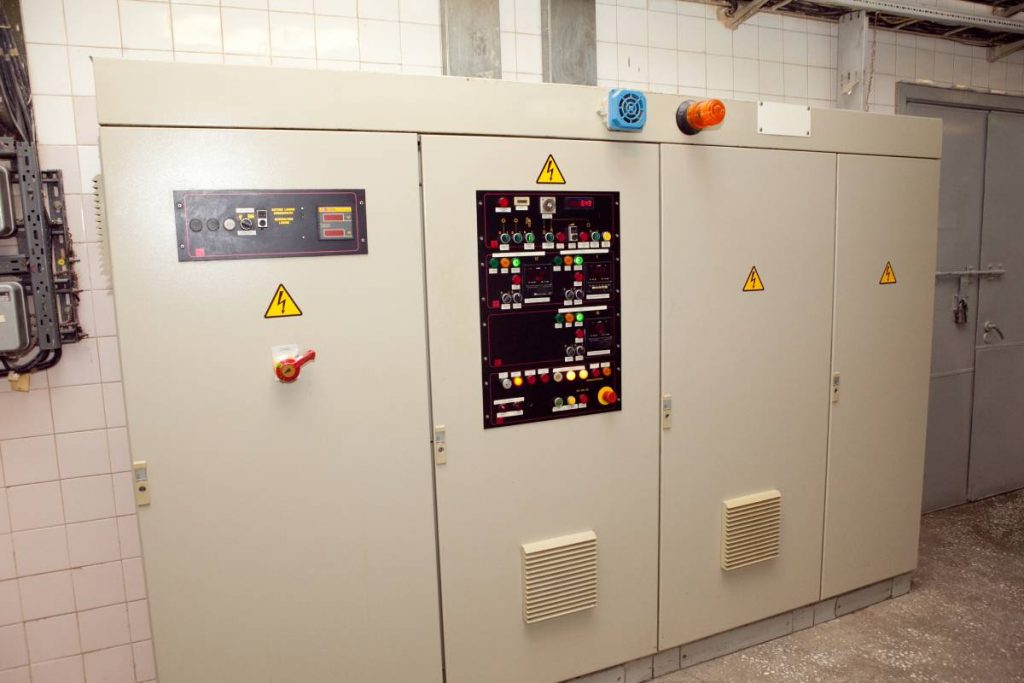
To Sum Up:
- Switchboards are essential to every property, controlling the electricity coming in and distributing it among the circuits in your home.
- They protect against surges of electricity and other issues that can occur, and if there is an issue with your switchboard you can be in serious trouble.
- There are several types of switchboards, with main switchboards being the first and most important kind. These receive the main power supply and transfer it to lower power circuits safely and in a controlled manner.
- Your fuse box is also incredibly important and you should always know where to find it and what to do if issues arise.
If you are unsure if you have the right switchboard for your needs, or if you think it is time for an upgrade, check out some of the amazing modern switchboards available and help guarantee the safety and protection of your home today.





